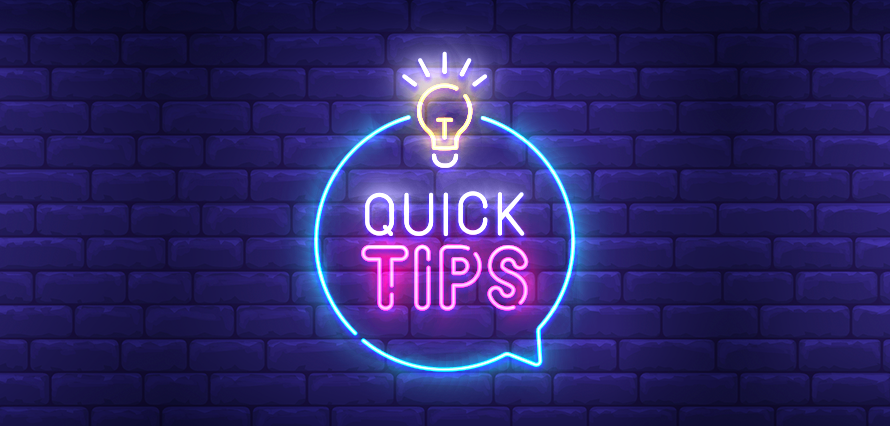May 4, 2020
As the online population grows, so does the pool of consumers – some with time, and money on their hands. In recent weeks, e-commerce businesses in sectors like crafting, beauty and home accessories – as well as gifting – have started to boom.
If you’re starting out in paid social, or want to take a step back and re-assess, here are your starters for ten:
1.Do your research
Understand your competitor landscape – it might be different on social than the high street – then scope out the audiences here. Facebook, in particular, has plenty of tools to help you. In your page insights, you can select similar pages to track their progress in likes and followers, and there’s even an audience comparison tool in the business manager. Look at how the audience has responded to others’ posts, what kind of content is resonating. Make some notes and apply that within your content planning.
2. Channel choice
Make no mistake, Facebook is still the biggest channel, but don’t assume that’s where your audience is or that it’s the best channel for your brand’s tone of voice. Twitter has grown hugely in the last couple of months, so the volume here presents an opportunity – you need a personality on Twitter, though, as well as the ability to field questions and comments because this channel is still the first choice for consumer queries and complaints. With Instagram developing more shoppable ads, if you have the tech know-how to set it all up, then it’s ideal for those sectors which benefit from beautiful visuals. No surprise that LinkedIn is still the place to be for the business audience – but it can be costly, so make sure you run a test campaign and scale-up.
3. Who are you talking to?
If you’ve worked through the first two points, you should have a reasonable understanding of how to build your target audience. It does take some thinking time, but you can make some assumptions about demographics, locations and interests and test out the response. You could also start with your engaged audience – your followers – and update them on how you’re conducting business right now, and what you can offer.
4. Costing it up
Unfortunately, I can’t give you an ideal spend pattern – it’ll vary depending on the size of your audience, business and available funding. Both Facebook and LinkedIn have good tools to help you plan – in particular, Facebook’s campaign planner will let you apply the audience, time period, objective and budget to show what percentage of the audience you should reach.
5. Your goals
Without doubt, e-commerce businesses will be interested in the sales (conversion) objectives, however, do bear in mind (especially if this is your first foray into paid) that social is relatively top-of-funnel so you cannot expect clicks and sales from a single ad impression. Don’t be impatient – consider elements of branding or creating a sequential ad campaign to showcase the products and USP’s – the CTR and eventual ROAS will thank you for it.
6. Measurement and data
This is a complex bit – in digital advertising, it’s best to work on KPI’s for ROAS than ROI. Return on ad spend is a far more accurate measure, because “return on investment” implies, and should include, all investment such as staffing costs and overheads. You’ll need some web development smarts when it comes to tracking pixels – we’ve got a podcast for you here which will help you think about your data path.
There’s no doubt that paid social is complex, but it is also accessible. If you’d like some more in-depth assistance, get in touch with us!
